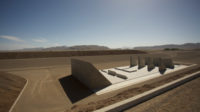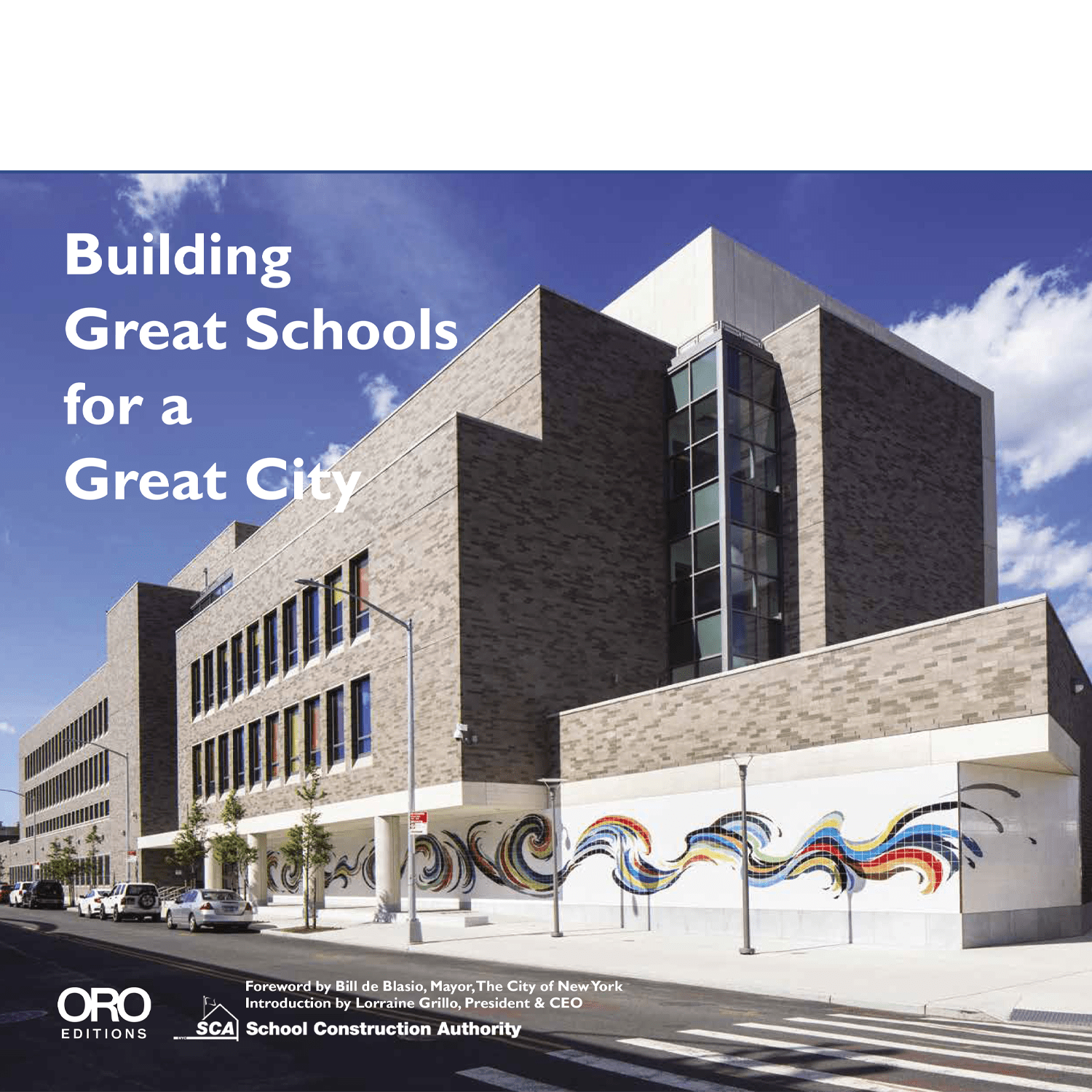The storm and its aftermath.
As journalists, we at Architectural Record are by nature outside observers–writers and editors who consider the content of the magazine as objectively as possible. But a month ago, all of us who work here in New York City were caught up in the enormous and disturbing story of Hurricane Sandy. Awaiting the storm on a Monday, with offices and schools shut, and the transit system–the lifeblood of the city–closed, we each hunkered down at home, staying connected through the Internet, posting on our website, and working on the issue of the magazine you're now reading. When Sandy hit, many of us watched the same terrifying television footage everyone saw around the globe: rising waters, cars floating in the streets like bath toys, surging rivers rushing into the tunnels that link the island of Manhattan to the rest of the world–a great city brought to its knees by nature.

The aftermath left us shaken, as the death toll rose (more than 85 lives lost in New York, New Jersey, and Connecticut) and the damage was assessed (upwards of $50 billion). We returned to record's Midtown Manhattan office, some of us traveling hours by car or bus for what is ordinarily a short commute–and some of us leaving at night for a home without light or heat. But we are fortunate. Tens of thousands were still without power weeks later, and thousands more were left homeless.
We knew we had to change the cover of Architectural Record this month to reflect a catastrophe with implications far beyond our city and region. Everyone on earth faces the tempestuous potential of climate change to radically alter the way we build and live.
As the days passed, people exchanged stories: The apartment “super” in Tribeca who had gone to his building's underground garage to check on tenants' cars, only to be trapped by the water and drowned. The woman who left her Staten Island home not long before the surge swept in, taking her husband and daughter to their deaths. An artist in Red Hook, Brooklyn, whose work was saved because he lived on the second floor, while his neighbors downstairs lost everything they had created. There were innumerable stories of kindness, too–of sharing food and offering beds to those who had to evacuate their homes.
In some ways Sandy was an equal-opportunity storm, devastating the financial capital of Lower Manhattan as well as working-class communities in Queens. But in other ways, the economic gulfs that divide New Yorkers were thrown into starker relief. The Goldman Sachs building, designed by Pei Cobb Freed and opened in 2009, remained aglow with light along the Hudson River, with its own generator and pumps. (Meanwhile, the architects who work at Pei Cobb Freed, not far away on Pine Street, found their offices flooded.) The Rockaways–a sandy strip of land along the ocean in Queens that is home to a number of public-housing projects–remained without electrical power long after it was restored to Manhattan. Two weeks after the storm, residents there stood in long lines for provisions; volunteers with orange buckets and jugs of bleach arrived to help clean up the mountains of debris; church groups set up tents to dispense food. Nearby, in another modest–and still dark–seaside neighborhood, a spray-painted sign that read “Broad Channel: The Forgotten Town” was propped up against a battered boat improbably beached on the road. With its swamped cars and junked refrigerators, this part of the city, more than most of New York, looked like post-Katrina New Orleans.
In the midst of the crisis, of course, came the presidential election, following an especially bitter campaign, in which Romney and Obama disagreed about the role of the federal government in responding to natural disasters, but seemed to agree that global climate change didn't belong on this year's political agenda. It may not be an electable topic, but most scientists say that without an alteration in human behavior, storms are likely to become ever more extreme.
Opinions differ about how to protect a coastal city like New York. The state's governor, Andrew Cuomo, likes the kind of gargantuan storm barriers that loom over the mouth of the Thames outside London, while Mayor Michael Bloomberg doesn't think they would work in New York's vast harbor. Clearly, every reasonable means of dealing with rising waters needs to be considered, including the “soft” infrastructure of wetlands and ecologically modified shorelines. Let's hope that our leaders begin to feel a sense of urgency about creating new policies–and that they can find the political will to make crucial investments. Sandy was just the latest wake-up call.



